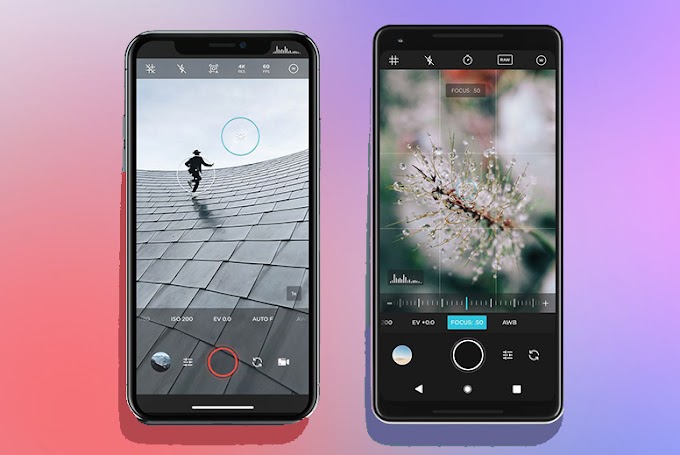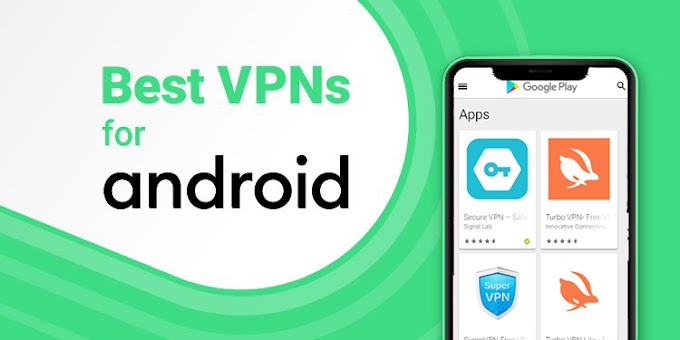What are chatbots?
A chatbot is artificial intelligence (AI) software that can simulate a conversation (or a chat) with users over a chat-based medium. Examples of chatbots in use are those on Apple's Siri, Amazon Alexa, Google Assistant, Facebook, Telegram, and WhatsApp. They are most common among non-profit organizations.
A chatbot is software that simulates human-like conversations wi a user. It is said to be as powerful as any of the AI technologies but it requires an actual human to speak to in order to have a connection.
Apart from helping to raise awareness, the chatbot will also guide the reader to the relevant information. Technology is improving rapidly. Google’s AI-based algorithms are generating chatbots that are increasingly intelligent and intuitive.
One such example is Reply, an AI chatbot on Facebook. Facebook has been working with academic and scientific communities to create an interactive chatbot that is capable of learning over time. It provides simple language interpretations to users and can recall common responses or actions in the context of the conversation.
Types of Chatbots
So, there are generally two types of Chatbots and they are :
1. Text-based chatbots
2. Voice-based chatbots
Now the chatbots that you might have used in terms of Siri, Alexa, Google are both text and voice-based chatbots right so you can either talk to them or you can even text with your keyboard open right so maybe you've seen this they're all text-based chatbots as of how they work?
Whenever you try to say something the message is actually printed again on the text and the text is what is understood by the chatbot right, but then of course there are many uh chatbots where it will only recognize whatever you say as in it knows how to recognize the voice, it knows how to understand who is talking, what is being spoken, what is asked of it and what's needed.
But then when you're thinking about designing a chatbot this is where you have to again uh you know sort of split it into two more types of chatbots are :
1. Rule-based chatbot
2. Self-learning chatbot
Now if you take a look at root-based chatbots as the name itself suggests rule-based right, so it has certain rules that it has to follow to answer all the questions that are asked by the user. So every answer that it will sort of give you to your questions is already available in a group of details or let's say it's basically called as rules.
How chatbot works?
1. Importing the corpus - Now corpus as I just mentioned is the training data that is required for your chatbot to learn without a corpus, without the knowledge base, without the corpus, without the data, without the dictionary all these are the same names but without any of these it becomes impossible for your chatbot to learn anything and to give you something useful in return.
2. Data preprocessing - Data Preprocessing is an essential step in building a Machine Learning model. Preprocessing is the action that transforms your data from its original form into a format that you can work with. Often, you have data that doesn’t have missing values (e.g., if you have a list of users and you need to calculate how many of them are you and not someone else).
One possible solution is to remove all values that aren’t present. That means that each data set needs to be transformed first, then the preprocessing needs to be performed. And sometimes, you may have to preprocess that can be eliminated altogether. Such is the case of the real-time responses to searches.
4. Stemming - Once we finish with tokenization we come to another concept called stemming. Stemming is used to describe which symbols occur in which tokens. In other words, what order the data is displayed. Stemming is the same thing as tokenization.
5. Bag of Words(BOW) - A bag-of-words model, or BoW for short, is a way of extracting features from the text by extracting the data it contains through a mathematical transformation. It treats each word or term as a specific linear combination of words or terms around which other terms can be aggregated.
The main advantage of this approach is the high efficiency at which the model can run, which is why it has become one of the most popular approaches for text classification. However, the main disadvantage is that it has very limited accuracy, but its lower cost makes it a promising solution for applications where speed and low cost are the main concerns.
6. One hot encoding - One hot encoding is basically the process where we are taking all these categorical variables and converting them into a form where the machine learning algorithm. Of course, one can develop these tools with less human intervention, in which you have to allow the machine learning algorithms to create this training and the model, but of course, this tends to be expensive, so that’s the other option.
History of Chatbots
We know what chatbots are, we know a little bit about them we have used them in terms of Siri, Alexa, Google Assistant, and all of that. First of all, we saw Eliza that came out in 1966 right but then even before the first chatbot ever was created there was this fantastic, mathematician called Alan Turing who use the first chatbot in fact he had a very strong impact on how the course of the second world war in fact happened.
- FAQ for What is Chatbots
Yes, Facebook is looking to have its own chatbot that will have some form of AI that works in sync with the Facebook social graph.



---.png)

.png)


Please do not enter any spam link in the comment box